The Marvel Cinematic Universe made some significant changes to the backstories of some of their most famous characters, from Iron Man to The Hulk.
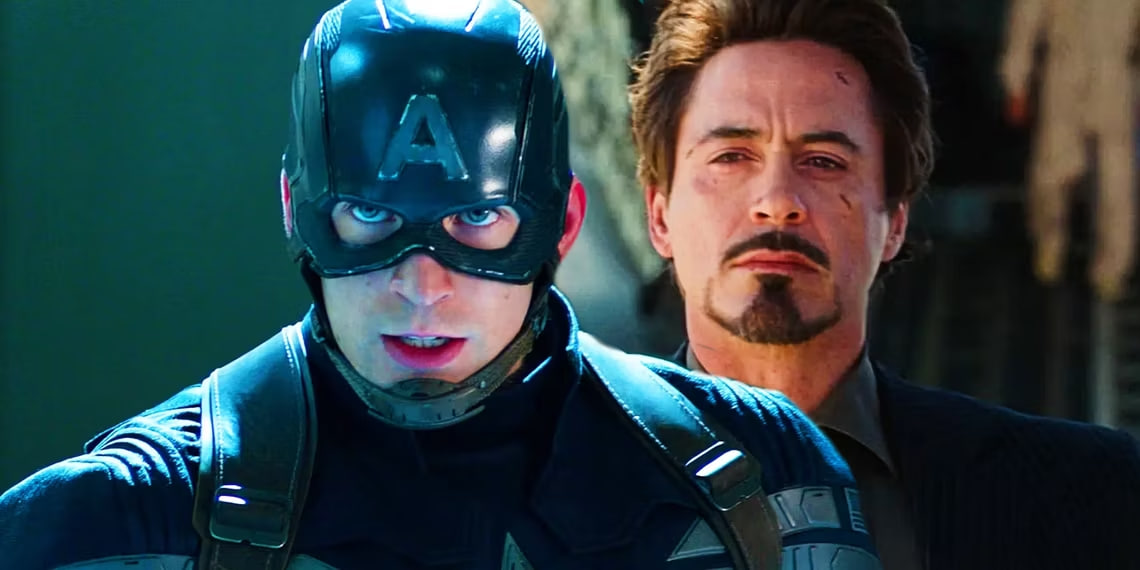
The Marvel Cinematic Universe made some key deviations from the source material when it came to describing many of the Avengers’ origins. While every comic book movie takes liberties to some degree or another when it comes to adapting the stories of the superhero medium for film, the MCU timeline has managed to stay surprisingly faithful. That being said, even the most important Avengers have had key aspects of their origin stories altered. From Captain America to Iron Man, no founding Avenger made it to the big screen with their comic backstories 100% intact.
There are multiple reasons why the Marvel Cinematic Universe may have wanted to make alterations to the original comics’ depiction of their heroes’ origins. Sometimes, elements of a given character’s origin story may have been too fantastical for the budding MCU to justify including, beginning as a relatively grounded franchise that only branched off into the wackier side of Marvel’s mythos later on. Of course, the MCU movie roster also has to be much more discerning with their limited runtime compared to the sprawl of decades-old comic series, limiting the scope of their heroes’ origin stories comparatively.
10. Carol Danvers Originally Went By Ms. Marvel
Captain Marvel’s old superhero name even had a different costume.
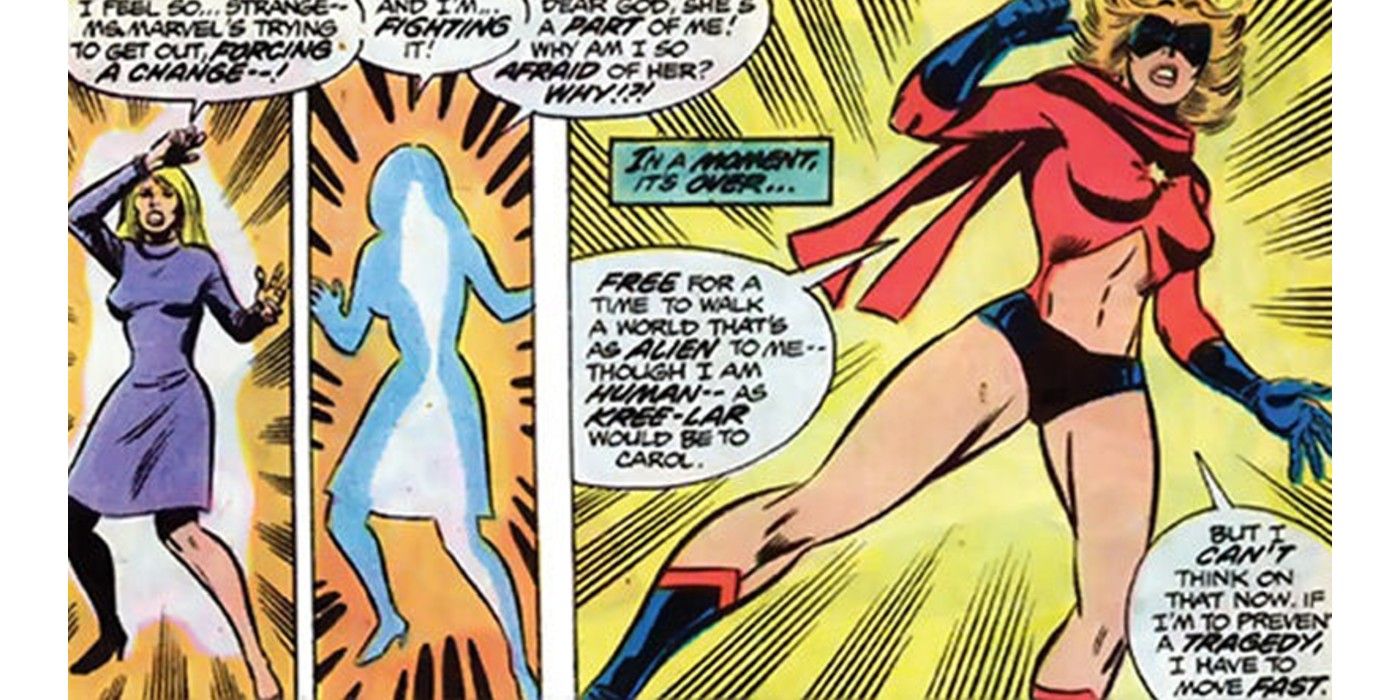
Carol Danvers has been a staple heroine in Marvel Comics for some time now, but she wasn’t always known as Captain Marvel. Danvers’ origin story in the MCU is relatively faithful to the character’s comic biography – an Air Force Officer that gains powers after being caught in the blast of an experimental Kree device. Yet the movies skipped over her time as Ms. Marvel, likely wanting to avoid the ties to some of the questionable storylines revolving around this era for the character, and the outfit of dubious practicality for their first headlining female hero to lead a solo film.
The title Ms. Marvel eventually went to Kamala Khan in the MCU, who also inherits the name in the comics.
9. James Rhodes Straight Up Took Over As Iron Man
Rhodey originally acted as Tony Stark’s replacement.
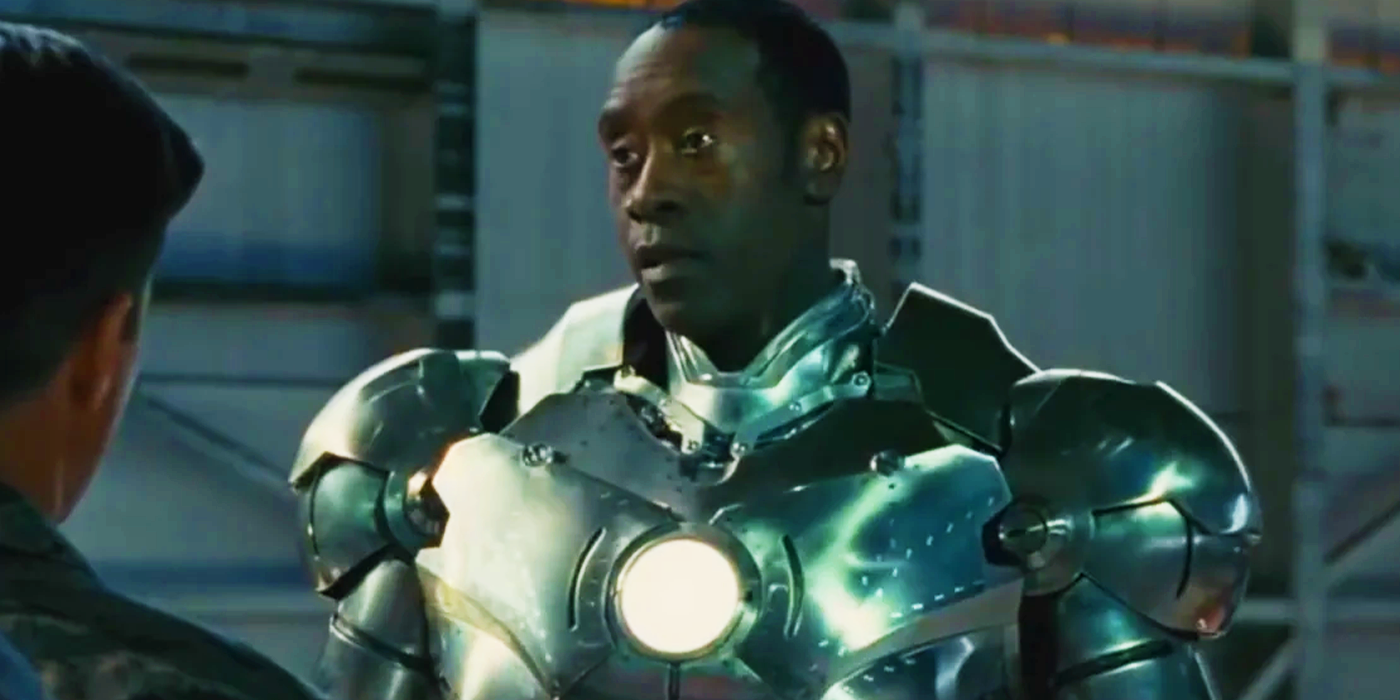
In the Marvel films, James Rhodes is best known under the alias War Machine, using one of Tony Stark’s many armor suits outfitted with new weapons courtesy of Justin Hammer. While Rhodes does briefly fly Iron Man’s Mark II suit, in the comics, he begins his hero career usurping the mantle of Iron Man entirely, taking over for Tony during a particularly bad bout of issues stemming from his alcoholism. It’s only far later into Rhodey’s run as a hero that he makes a name for himself as War Machine, a title the MCU was far quicker to roll out.
8. The Falcon’s Redwing Was A Literal Bird
The comics’ Falcon took his name far more literally.
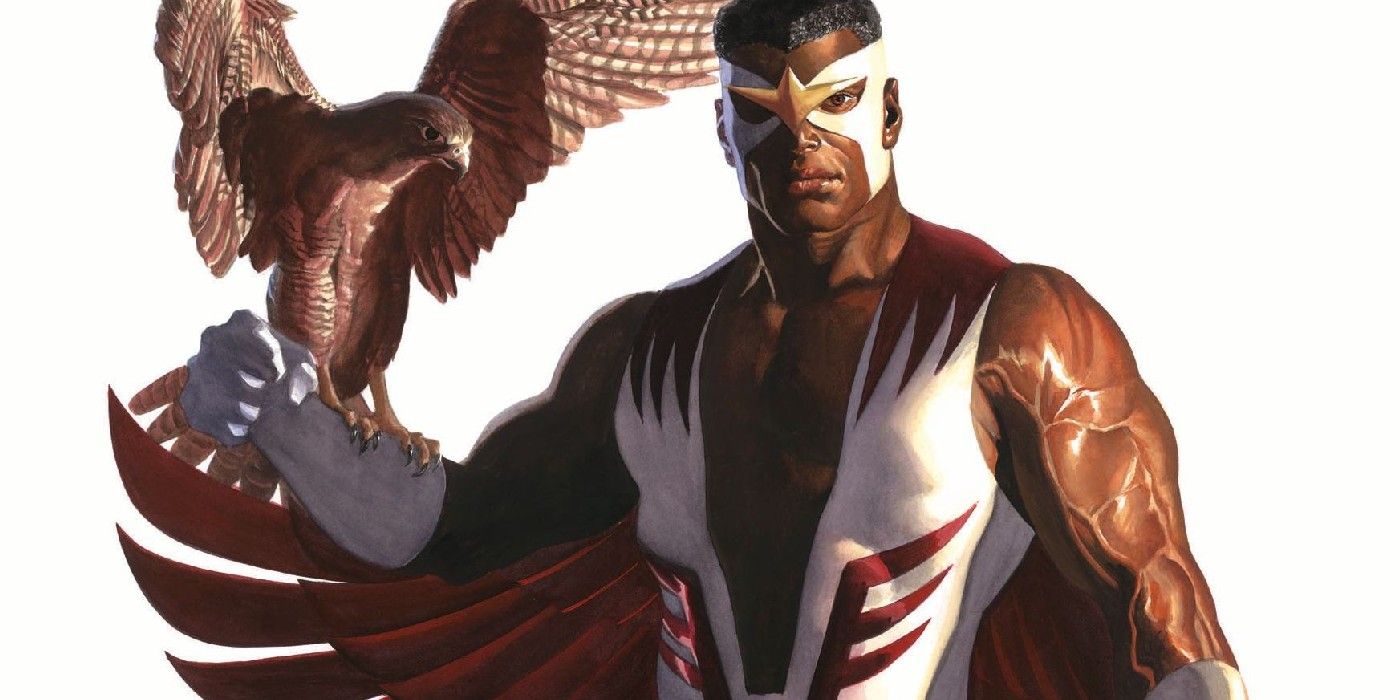
Similarly to the MCU, The Falcon of Marvel Comics’ fame got his start as a hero thanks to the influence of Captain America, pushing him to discover his own superhero identity. Other than this detail, the character’s original beginnings couldn’t be more different from the movie version, not the least of which being a telepathic connection to an actual bird, Redwing. The MCU included Redwing as an inanimate drone utilized by The Falcon, but Anthony Mackie’s version of the character has shown no signs of actual falconry skill, despite his name.
7. Scott Lang Was Hired By Stark Industries
The second Ant-Man didn’t discover the suit by accident.
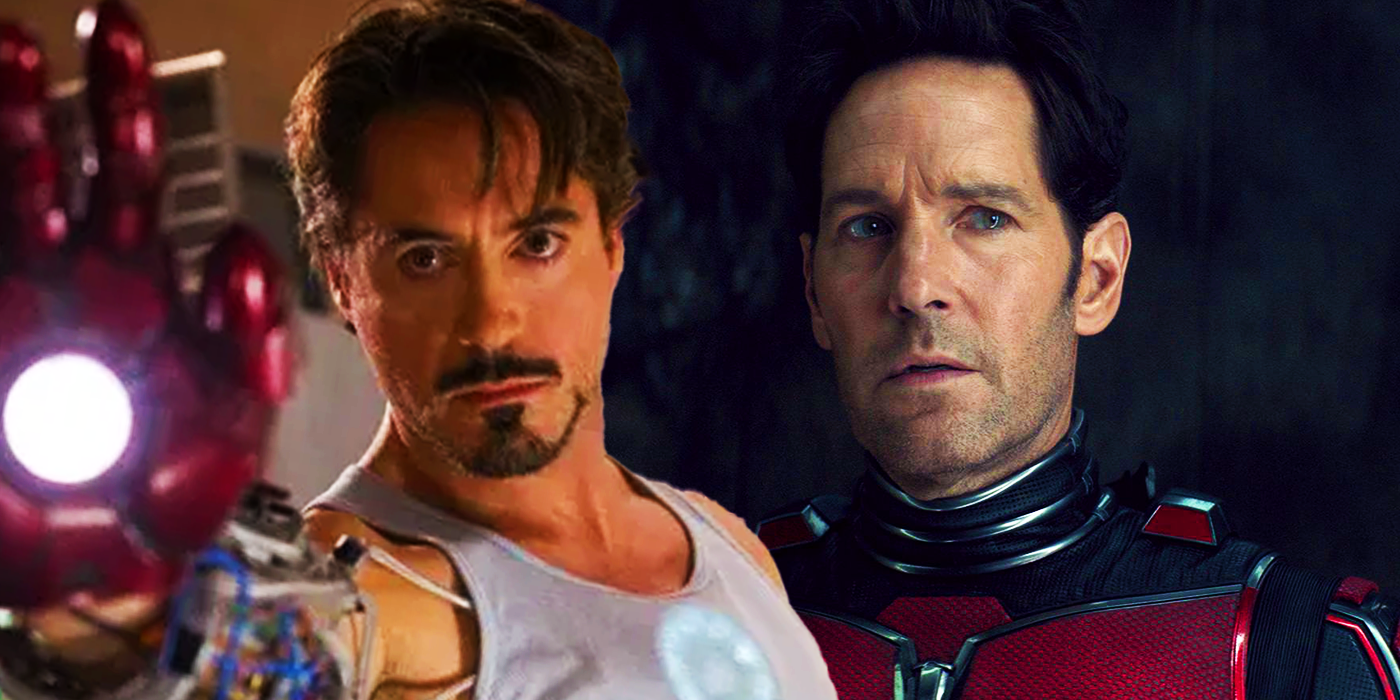
Though technically being the second hero to use the name Ant-Man, Scott Lang was the MCU’s choice to represent the character in the present. Lang’s discovery of Hank Pym’s Ant-Man suit in the hero’s first titular film was something of a cosmic fluke, the result of a botched burglary orchestrated by Lang’s ill-informed friends. In the comics, Lang’s theft of the suit was no accident, being given the task specifically by none other than Stark Industries. This industrial espionage was only the latest in the long-standing feud between Pym and Stark, a story element the MCU would incorporate later.
Lang’s theft of the suit was no accident, being given the task specifically by none other than Stark Industries.
6. Black Widow Is Much Older Than She Looks
Captain America isn’t the only Avenger whose appearance betrays his age.
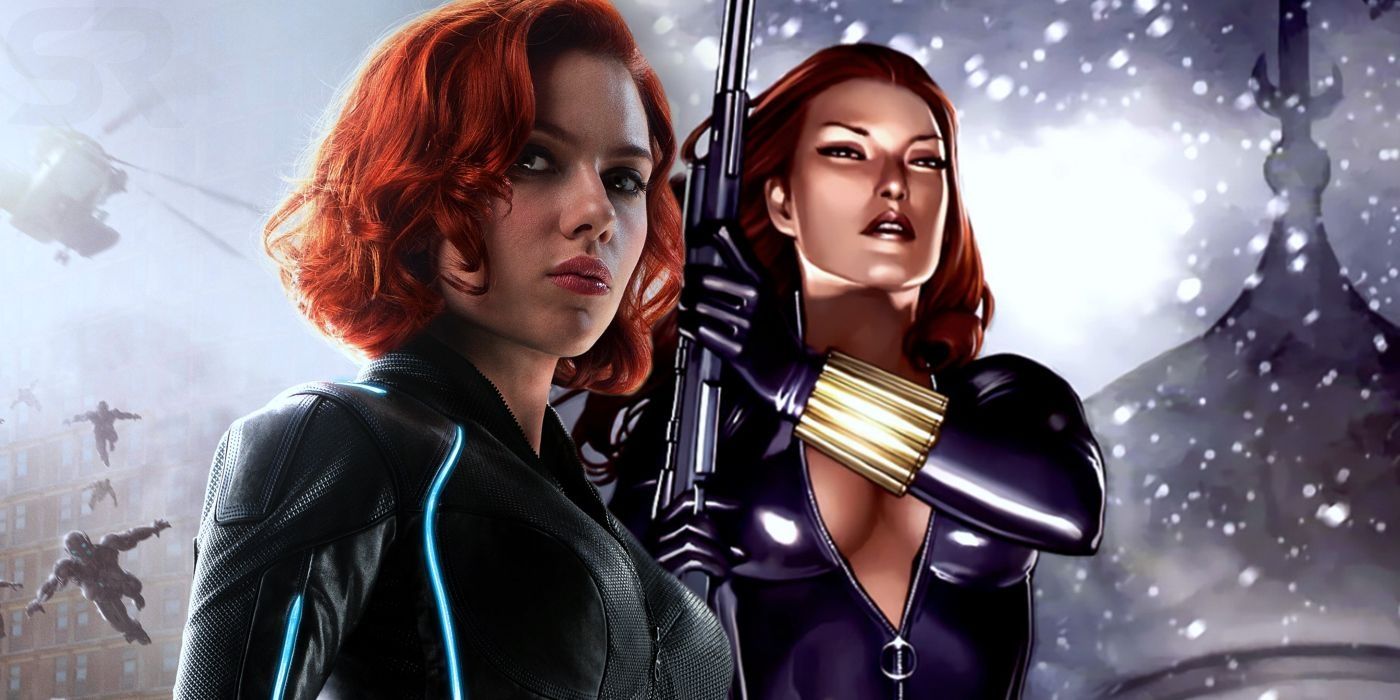
Steve Rogers may be the Avengers member most famous for his old age, but in the original comics, Black Widow is barely his junior. Being a little girl in the U.S.S.R. in the 1940s, Black Widow in Marvel Comics is nearly as old as Captain America, her age having been dramatically slowed down by the many insidious procedures of the Black Widow Ops program orchestrated by the Soviet government. In contrast, the MCU establishes Black Widow’s childhood as taking place in the late 80s and early 90s, before the fall of the USSR but far after World War II.
5. Captain America Maintains A Secret Identity
In the MCU, Captain America is something of an open secret.
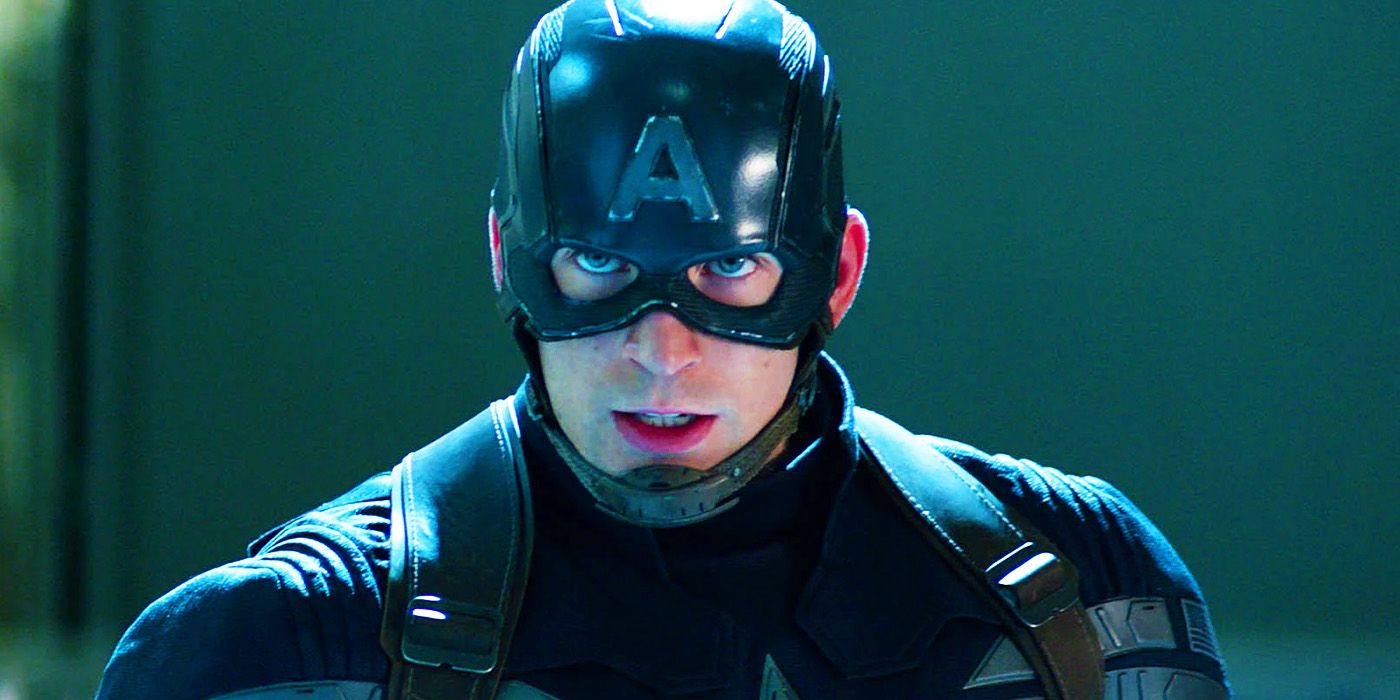
Of all the founding Avengers, the MCU played it safest with Captain America, his origin story being nearly a one-to-one retelling of his comic genesis. If there’s one major difference the franchise made to Stever Rogers’ story, it was the disposal of his secret identity, as the MCU doesn’t usually include secret identities in general. Whereas Stever Rogers’ status as Captain America is well-known enough in the MCU for people like Sam Wilson to recognize him in civilian clothing sans mask, in the comics, the eventual reveal of his real name was a big moment in the character’s history.
4. The Hulk’s Accident Was Completely Different
Rick Jones never showed up in the MCU.
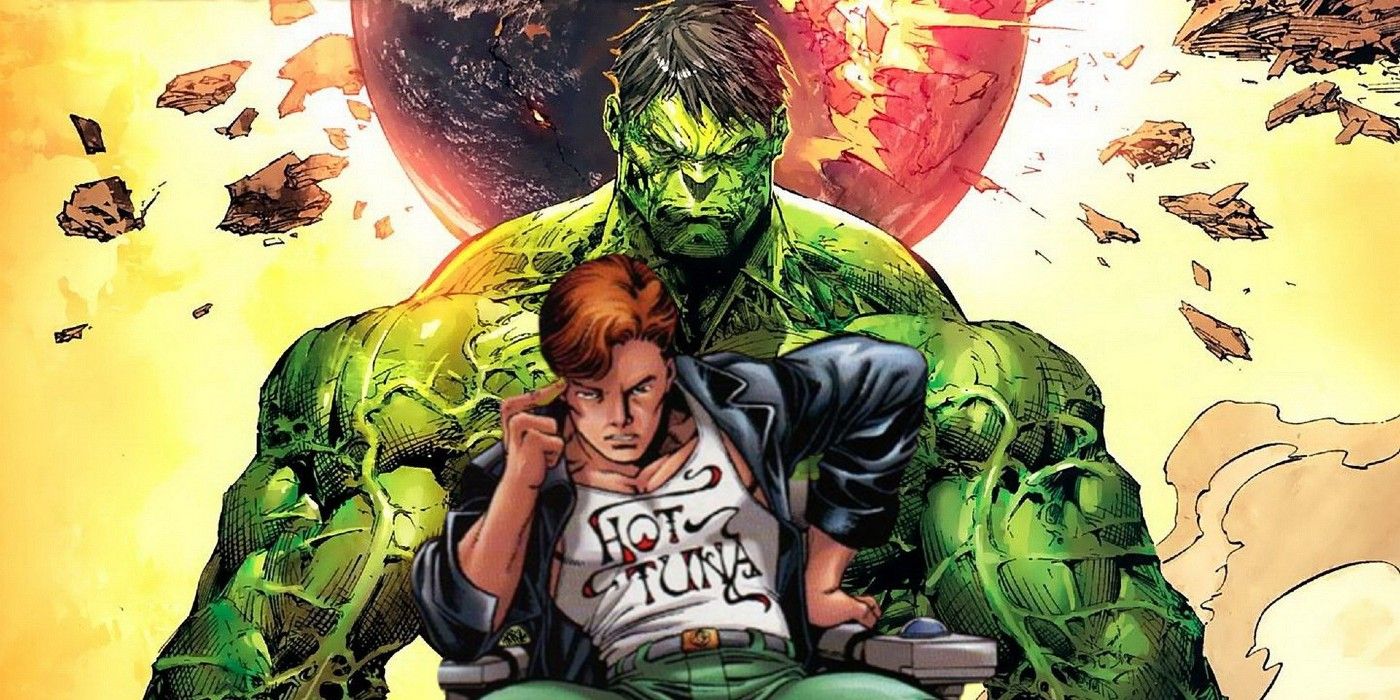
The classic origin of The Hulk describes a complicated scientist who sacrifices himself to save an innocent bystander, Rick Jones, from the nuclear blast of a dangerous Gamma radiation testing site, eventually turning him into the green brute comic fans know and love. While the MCU’s version of events does include Gamma radiation, the test on Dr. Banner wasn’t an accident. Instead, The Hulk was born out of one of many experiments attempting to replicate Dr. Erskine’s super soldier serum. This key change meant that Rick Jones has yet to appear in an MCU film.
The Hulk was born out of one of many experiments to attempt to replicate Dr. Erskine’s super soldier serum.
3. Hawkeye Was A Carnival Entertainer
Clint Barton’s marksmanship was more earned in the comics.
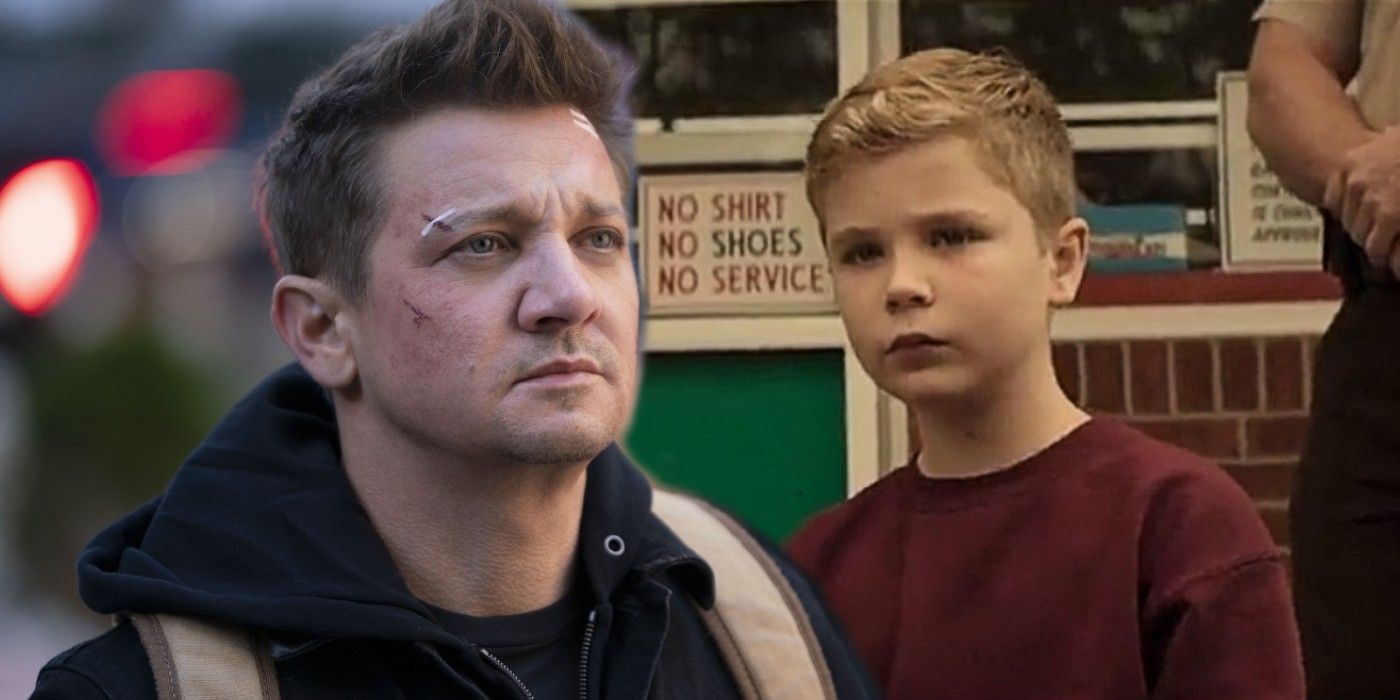
Hawkeye’s origins in the MCU were never thoroughly explored, but deleted scenes in the Hawkeye miniseries depict a young Clint Barton already an expert marksman, using his natural skills to help aid his mother’s criminal activities. In the comics, Hawkeye instead learned to shoot from the mentorship of the Swordsman and Trickshot, two traveling carnival acts who took in the orphaned Barton and taught him the art of archery. It’s a shame the MCU never got the chance to truly dive into the undersung Avenger’s humble beginnings.
2. Thor Was Banished With No Memories
In the comics, Mjolnir wasn’t the only thing Thor lost.
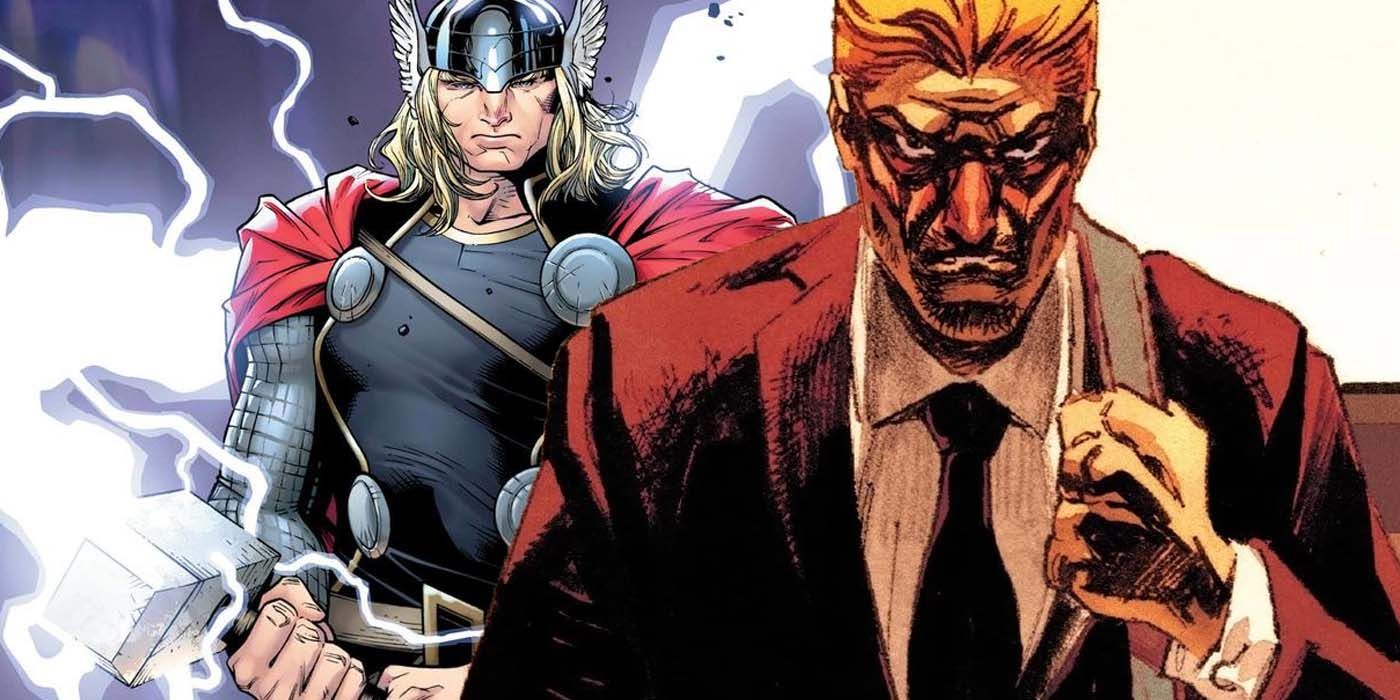
Like Captain America, Thor was another Marvel hero to maintain a secret identity in the comics that the movies didn’t fully utilize. Upon being exiled to Earth by Odin for his hubris, the Thor of the source material was stripped not only of his beloved hammer, but his very memories and Asgardian origins. Believing himself to be the physician Dr. Donald Blake, Thor had to re-discover his godly heritage, along with Mjolnir, which he disguised as a simple walking stick. In the MCU, Dr. Donald Blake is referenced as an ex-boyfriend of Jane Foster, who Thor briefly poses as.
1. Iron Man Gets His Start In Siancong
The circumstances of Tony Stark’s kidnapping have shifted over time.
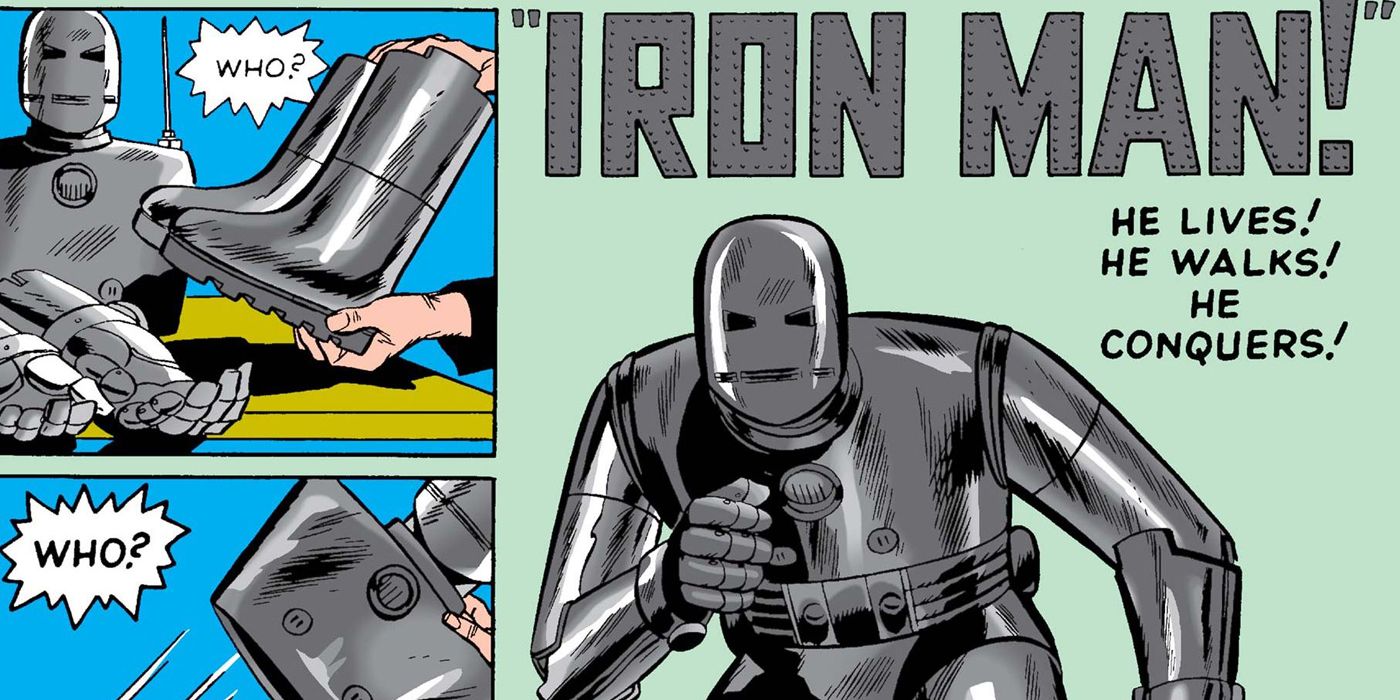
Topical at the time of Iron Man’s creation, Marvel Comics initially had the conflict that resulted in Tony Stark’s kidnapping and the creation of his first suit being the Vietnam War, later changed to the fictional Southeast Asian country of Siancong to account for the timeline discrepancy. To bring the character into the present day, Iron Man had Tony Stark’s kidnapping take place in Afghanistan instead, orchestrated by the Ten Rings terrorist organization. A far more familiar wartime setting to modern audiences, the MCU was arguably better off circumventing the explanation of a unnecessary fictional country.